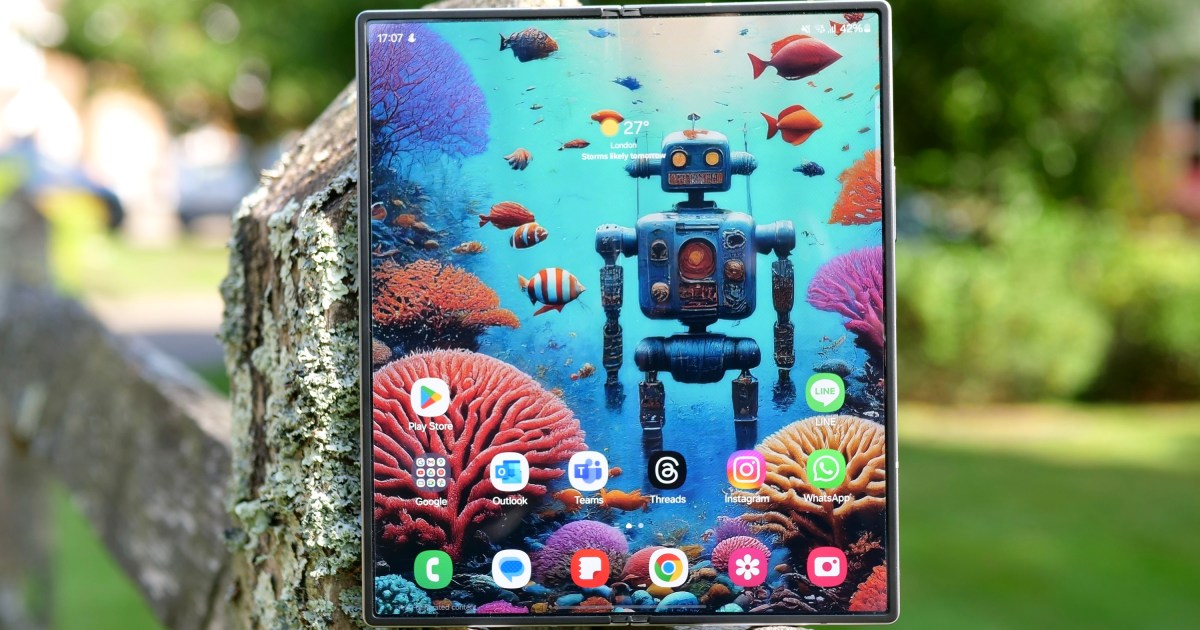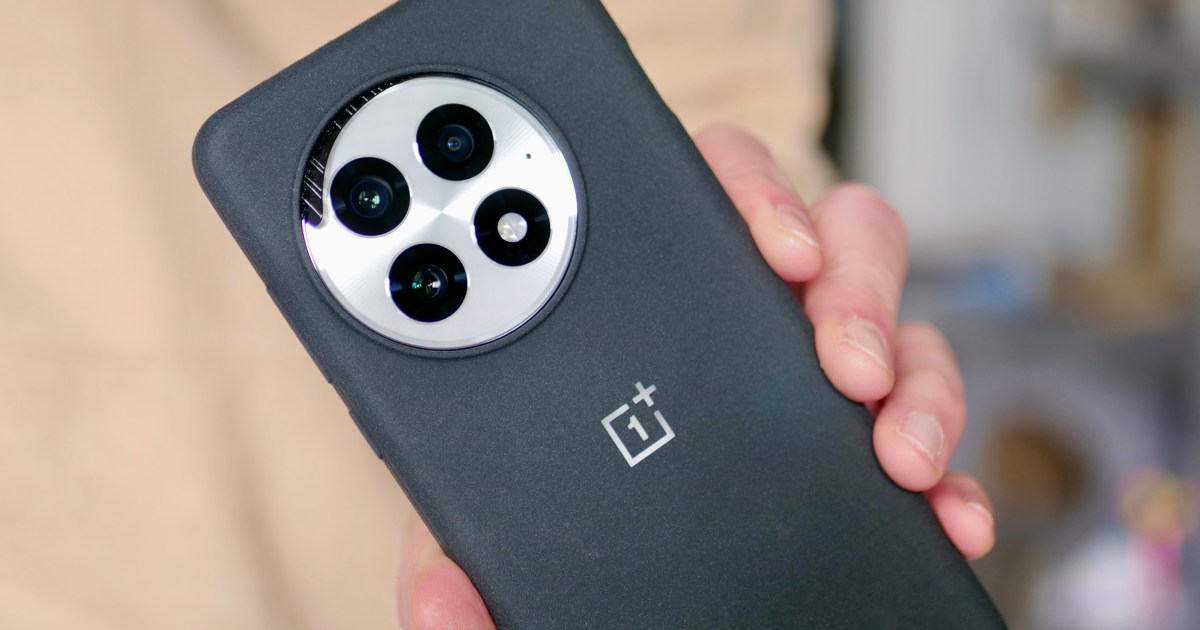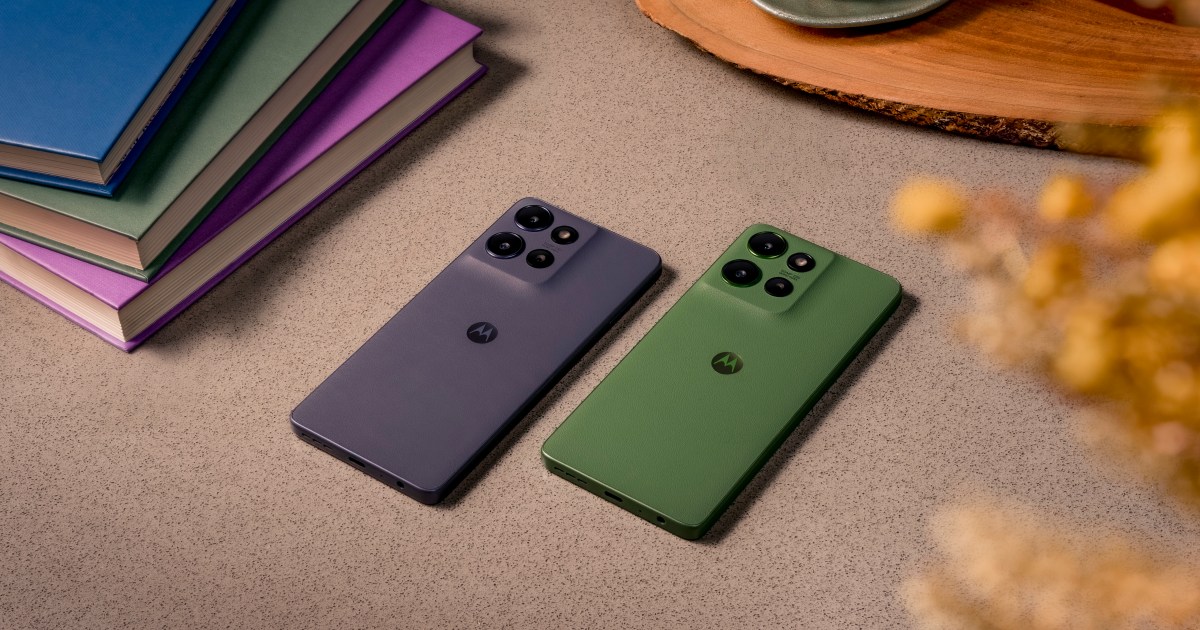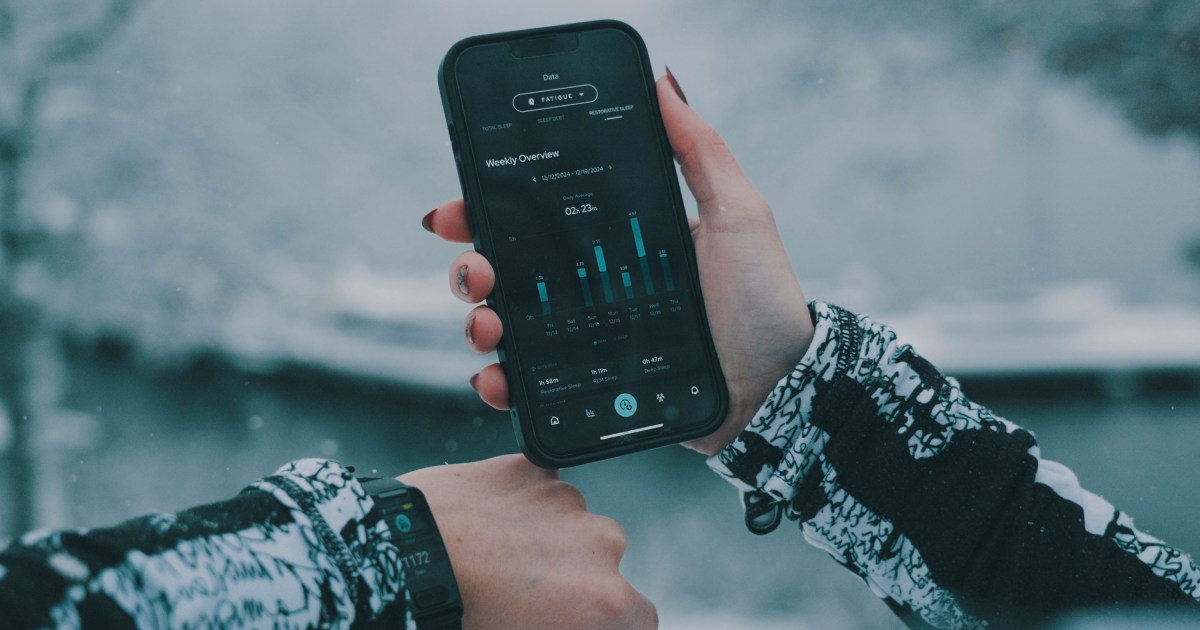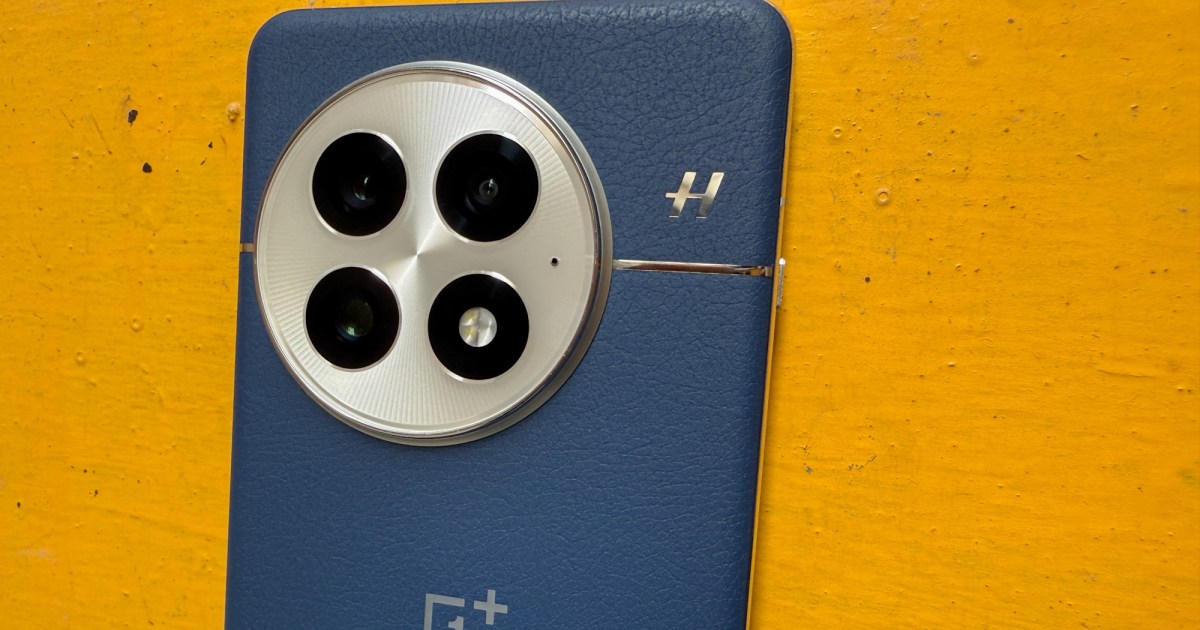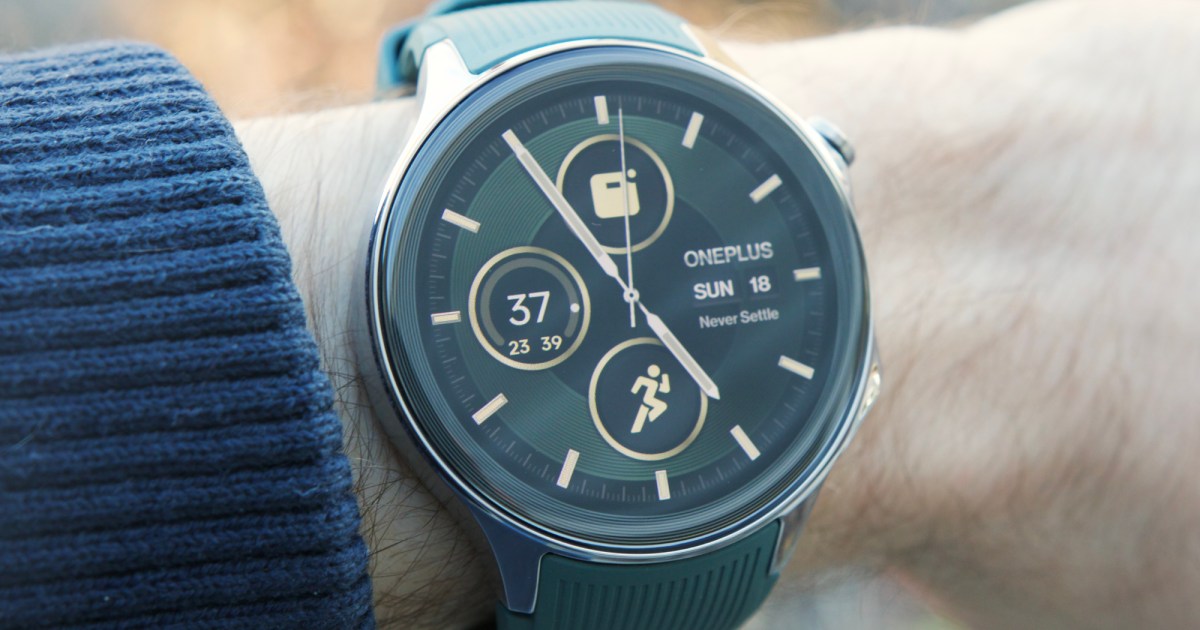Rumors of an ultra-thin iPhone 17 Air have been circulating, sparking curiosity about its place in Apple’s lineup and just how slim it will be. This rumored device could be a test run for a thinner design philosophy before Apple launches its anticipated folding phone. Emerging details suggest the iPhone 17 Air could be remarkably thin, potentially impacting future iPhone designs.
A New Standard for Slimness
Analyst Ming-Chi Kuo suggests the iPhone 17 Air could be as thin as 5.5mm, a significant reduction compared to previous iPhones. Bloomberg’s Mark Gurman supports this claim, stating Apple is pushing for the thinnest possible chassis. Currently, the iPhone 6 holds the record for Apple’s slimmest phone at 6.9mm. The iPhone 17 Air would shatter this record, setting a new benchmark for thinness in the iPhone family.
Comparing the iPhone 17 Air to Competitors
Even compared to other slim smartphones, the iPhone 17 Air’s purported thinness is remarkable. The rumored Samsung Galaxy S25 Slim is expected to be between 6mm and 6.9mm, making the iPhone 17 Air significantly thinner. Other models like the S25 Ultra (rumored 8.2mm) and the S25 and S25 Plus (both rumored 7.2mm) would also be considerably thicker.
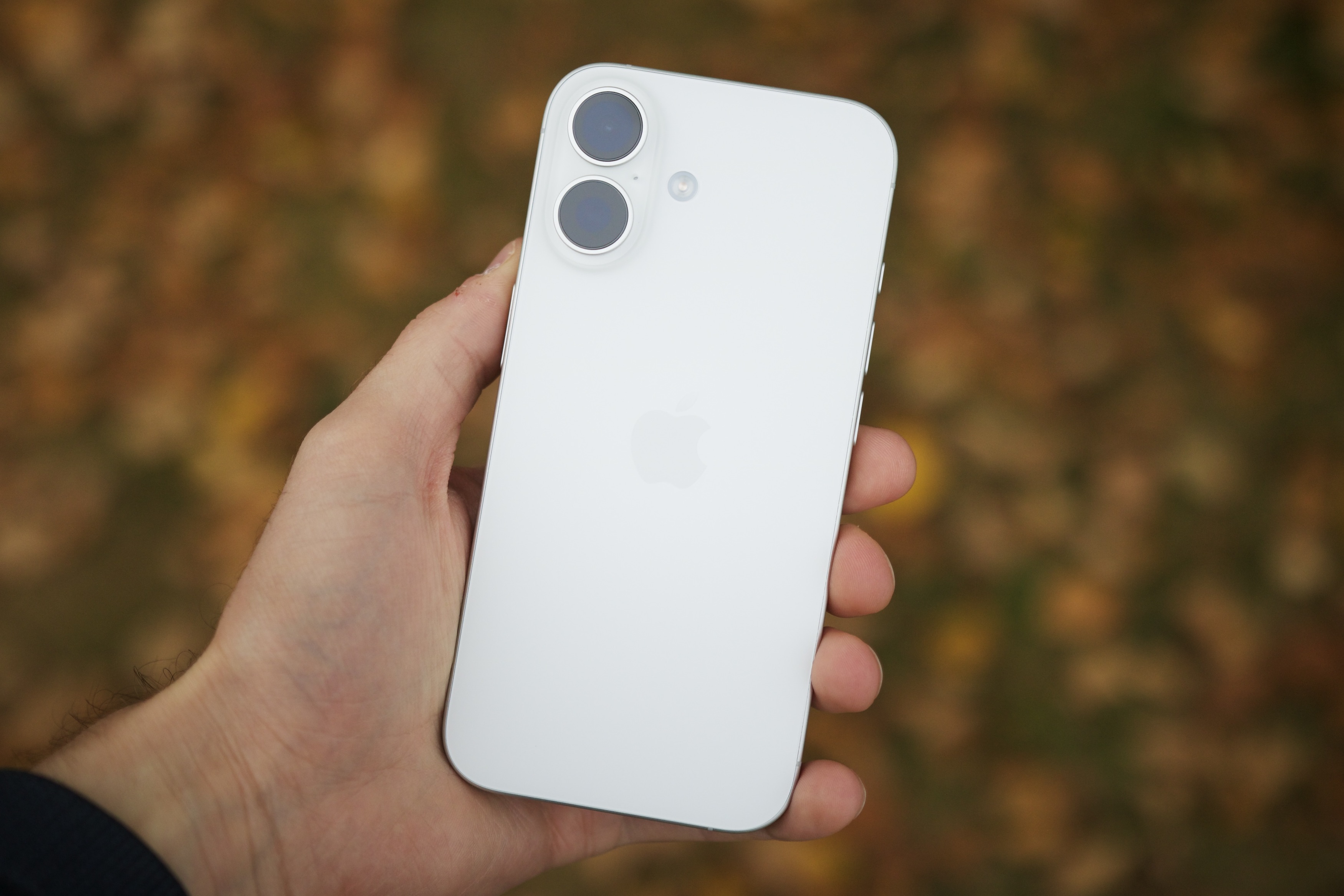 Someone holding the white iPhone 16.
Someone holding the white iPhone 16.
The Google Pixel 9 measures around 8.5mm, while the iPhone 16 is about 7.8mm. To visualize the difference, the iPhone 16 is about the thickness of standard bubble wrap, while the 5.5mm iPhone 17 Air is closer to the width of a sliced tomato. This dramatic reduction in thickness could signal a new era of design for Apple’s smartphones.
Features and Potential Market Impact
Beyond its thin profile, the iPhone 17 Air is rumored to feature a 120Hz display and rely solely on eSIM technology, eliminating the physical SIM tray. This eSIM-only approach could impact availability in markets like China, where eSIM technology isn’t currently supported.
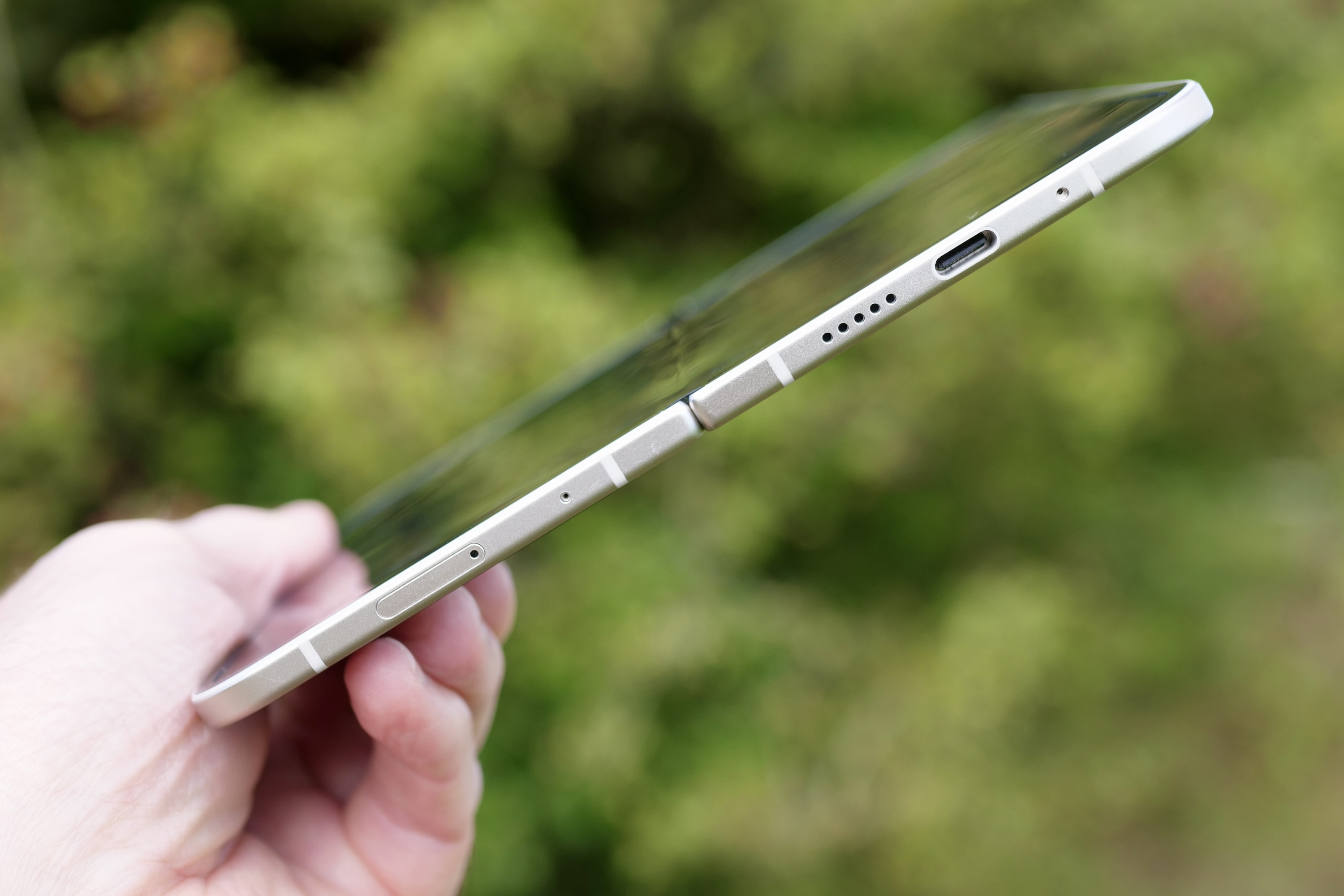 The open Google Pixel 9 Pro Fold, showing the thin chassis.
The open Google Pixel 9 Pro Fold, showing the thin chassis.
Despite the excitement surrounding the iPhone 17 Air’s design, Kuo predicts it might not significantly boost sales. He attributes this to potentially weaker components and a higher price, even suggesting overall iPhone shipments could fall short of expectations.
A Bold Design Gamble
The iPhone 17 Air represents a significant design shift for Apple. Its ambition to be the thinnest iPhone ever certainly generates intrigue. However, until Apple officially unveils the device, it’s important to remember these details are based on rumors and could change. While the pursuit of thinness is exciting, it remains to be seen how this design choice will impact the phone’s overall performance and market reception.





